
The Fundamentals of Sports Nutrition: How to Use Intuition to Improve Fueling
Data has its benefits, but only when we learn to apply an intuitive approach to our fueling can we unlock the most efficient and healthy sports nutrition habits.

Data has its benefits, but only when we learn to apply an intuitive approach to our fueling can we unlock the most efficient and healthy sports nutrition habits.
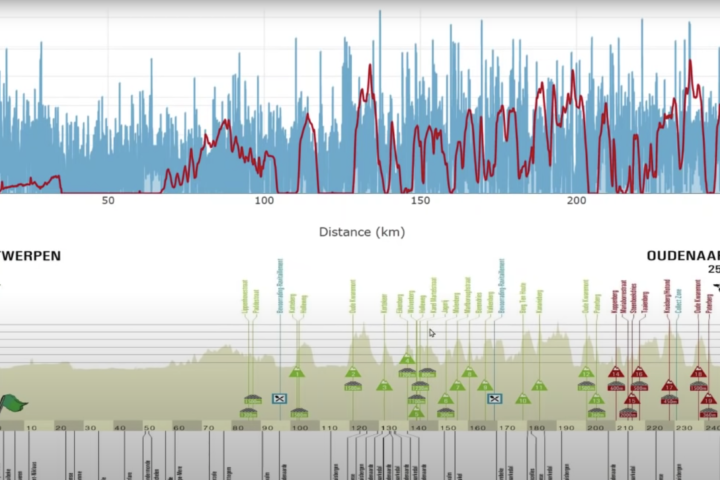
Crunching numbers is one thing, but if you want to turn data into victory, here are a few key things you should do and a few things to avoid.

HIT has many proven benefits and several big limitations. Trevor Connor explores how HIT works, its effects, and the most effective high-intensity interval workouts you can choose for specific gains.
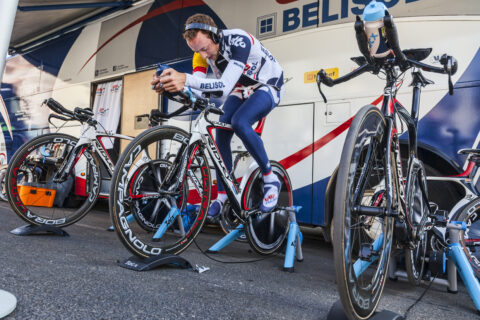
We explore the best method for priming yourself for racing—busting myths and delving into the science of warm-up routines.
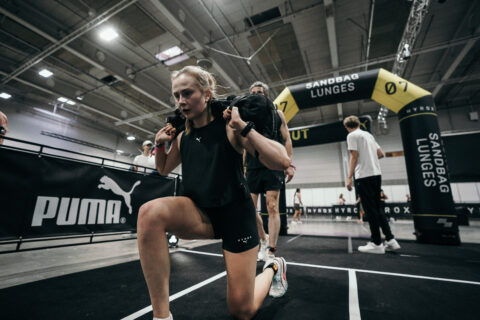
In this popular high-intensity fitness test, we explore the strength and endurance attributes that matter most, and how you can prepare for competition.

By stringing together several days of high-intensity training, then adequately recovering, overload blocks can produce big gains.

Adding days to your microcycles will help you improve recovery, which can improve HIT sessions. It’s a win-win.

Doing more sprint work and cadence drills on your rides could lead to substantial performance gains.
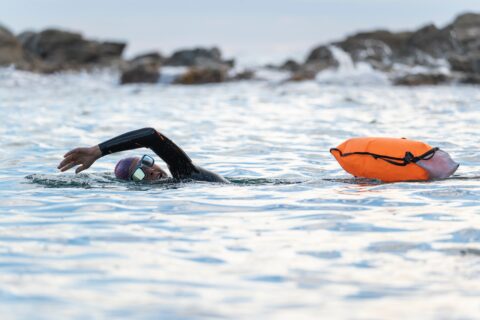
Whether it’s toxic algae blooms, wildlife encounters, or boat traffic, there are many safety considerations to take into account when swimming in open water.

Understanding when and how to introduce HIIT can make all the difference in an athlete’s ability to absorb training and optimize performance.

In part 3 of our series on movement literacy for cyclists, Dr. Stacey Brickson delves into stability and strength to make you a healthier cyclist.
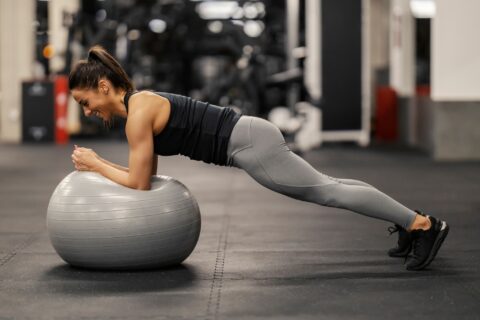
In this multi-part series, Dr. Stacey Brickson details several tools built on a hierarchy of mobility, flexibility, stability, and strength, designed to make you a healthier cyclist.
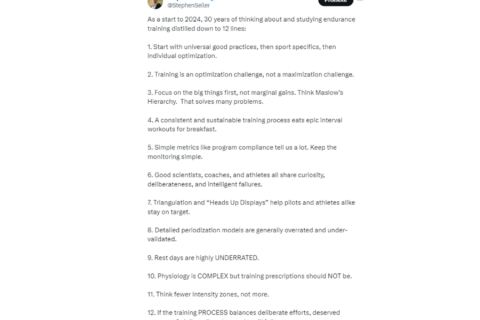
After 30 years of studying exercise endurance training, Dr. Seiler distills it all into 12 fundamental practices.

Lately, the Norwegian method for endurance training has the world abuzz. In reality, its core tenets have been around for decades.

Over a century of training and racing, coaches and athletes have continually experimented with the balance of volume and intensity. Today’s best practices look to maximize both a high volume of training and a small but potent dose of high-intensity work.
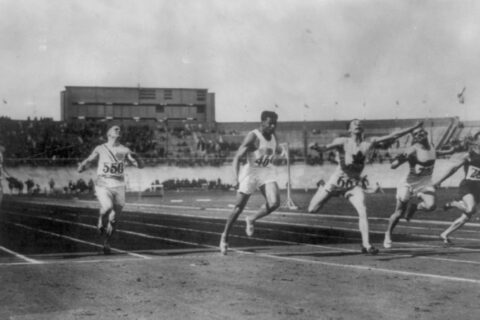
The timely combination of running facilities and stopwatches gave running a leg up on other endurance sports, inviting more structured training and innovation.
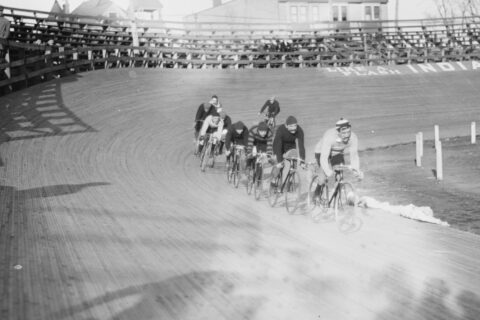
The early European cycling scene was convinced that more miles and more racing made champions. By the 1980s, a new generation of pros was redefining the goal and the roadmap to get there.
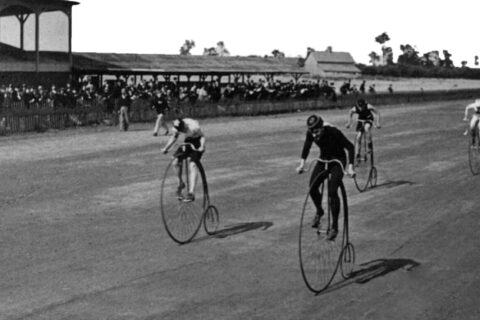
Coach Joe Friel recounts the relatively short history of endurance sports to identify the athletes and coaches that influenced how we train and race today.

While many athletes and coaches rely on TrainingPeaks to analyze and archive their training data, there are several other notable programs worth considering.
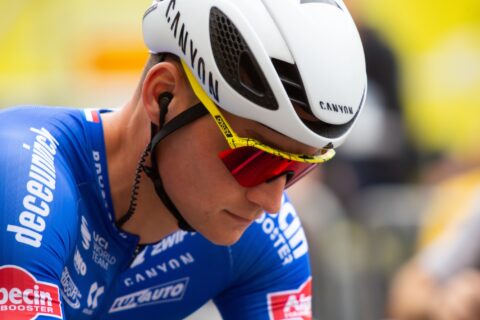
Athletes who want to train and compete in multiple sports require a different approach to training, and to have their expectations managed.

With more large wildfires appearing around the world in recent years, many endurance athletes wonder where and how to draw the line with training outdoors during poor air quality.